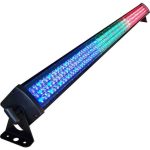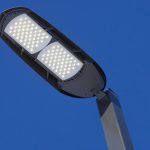200 Watt LED Light: Understanding the Amp Draw and Energy Consumption
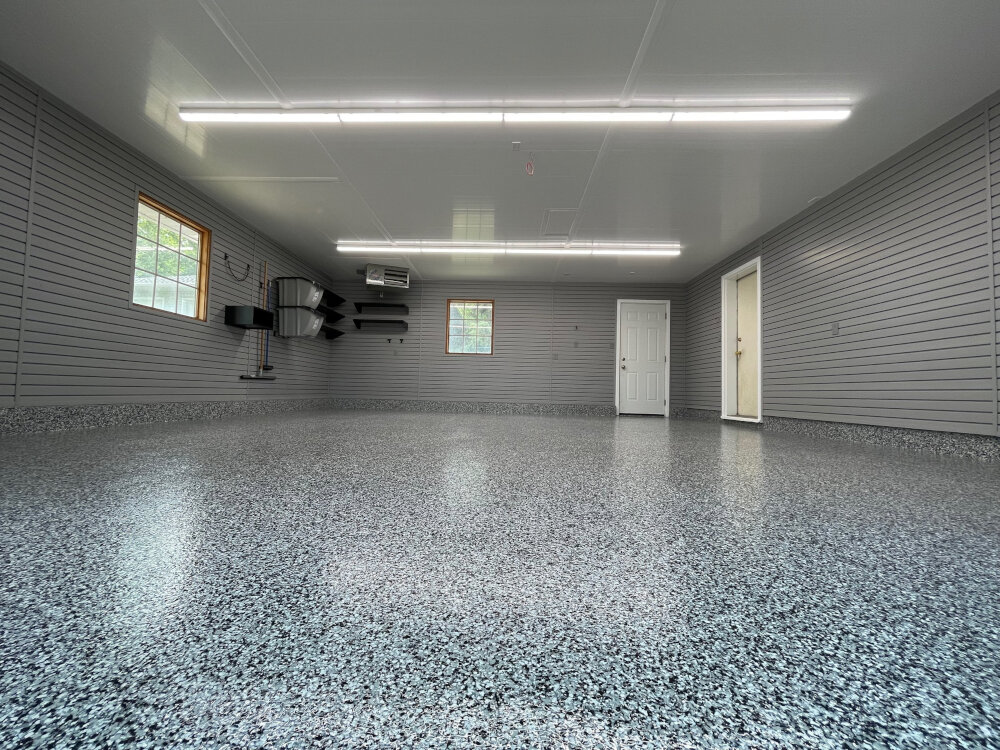
The world has witnessed an exponential rise in the use of LED lights in recent years. The reasons for this are many, such as energy efficiency, long-lasting performance, and the ability to produce bright light with less power. One of the popular choices in LED lighting is the 200 Watt LED light, which is widely used for outdoor and indoor lighting purposes. However, to make the best use of this powerful LED light, it is crucial to understand its amp draw and energy consumption. The 200 Watt LED light is an energy-efficient lighting solution that offers a high lumen output, making it ideal for various commercial and industrial applications. It provides a bright and uniform light that is perfect for illuminating large spaces and areas. Despite its high wattage, the 200 Watt LED light consumes significantly less power than traditional lighting options like incandescent and fluorescent lights, making it an eco-friendly and cost-effective option. However, it is essential to understand the amp draw and energy consumption of the 200 Watt LED light to ensure that it is used optimally and efficiently.
A 200 watt LED light is a high-performance lighting solution that offers impressive brightness and energy efficiency. It is designed to produce a high lumen output while consuming less power than traditional lighting technologies. The LED light is ideal for a wide range of applications, including commercial, industrial, and residential spaces. It offers a longer lifespan, reduced maintenance costs, and improved color rendering compared to traditional lighting options. Additionally, its energy efficiency results in lower electricity bills and reduced carbon footprint, making it an eco-friendly lighting solution. Understanding the amp draw and energy consumption of the 200 watt LED light is crucial in optimizing its performance and maximizing its benefits.
What is Amp Draw?

Amp draw is a term used to describe the amount of electrical current that is flowing through a circuit. It is an important concept to understand when it comes to electrical systems because it helps to determine how much power is being consumed by a particular device or system. In the case of the 200 watt LED light, understanding the amp draw is crucial in determining how much energy it will consume and how it will affect the overall performance of the electrical system. The amp draw of the 200 watt LED light is determined by the amount of power it is consuming and the electrical resistance of the circuit it is connected to. The higher the wattage of the light, the higher the amp draw will be. This means that if the electrical system is not designed to handle the amp draw of the LED light, it could cause the system to fail or even become a safety hazard. It is important to consult with a qualified electrician to ensure that the electrical system is properly designed to handle the amp draw of the 200 watt LED light and any other electrical devices that will be connected to the same circuit.
Amp draw refers to the amount of electrical current that an appliance or device requires to operate. It is measured in amperes (amps) and is a crucial factor in determining the energy consumption of a particular device. In the context of a 200 Watt LED light, amp draw can vary depending on the voltage and efficiency of the light. However, generally speaking, a 200 Watt LED light will draw approximately 1.6 amps of current when operated at 120 volts. This information is important for understanding the power usage and energy consumption of the light, and can help individuals make informed decisions about their energy usage and costs.
Measuring the amp draw of a 200-watt LED light is essential to understand its energy consumption. The amp draw is a measurement of the electrical current flowing through the circuit, which is measured in amperes or amps. To measure the amp draw of a 200-watt LED light, an amp meter is connected in series with the circuit. The amp meter measures the current flowing through the circuit, and the reading is displayed in amps. It is essential to measure the amp draw of a 200-watt LED light to ensure that the electrical system can handle the load and to calculate the energy consumption accurately. By measuring the amp draw, we can determine the appropriate circuit breaker, wire size, and power supply needed to power the 200-watt LED light.
The amp draw of a 200 watt LED light is influenced by several factors, including the quality and efficiency of the light’s components, the temperature of the environment, and the voltage supplied to the fixture. The quality of the light’s components, such as the driver and LED chips, can affect the efficiency of the light and therefore the amount of current needed to produce the desired level of brightness. Higher temperatures can also increase the amp draw of the light, as warmer components require more power to function. Additionally, fluctuations in voltage can cause variations in the amp draw of the light, as the current required to maintain a consistent level of brightness will vary depending on the voltage supplied. Understanding these factors is crucial for accurately calculating the energy consumption and operating costs of a 200 watt LED light.
What is Energy Consumption?

Energy consumption refers to the amount of energy used by an appliance, device, or system to perform its intended function. It is a critical aspect of modern life, and the demand for energy continues to increase as the world becomes more technologically advanced. Energy consumption is measured in watts, which is a unit of power that represents the amount of energy used per unit time. In the context of the article titled \200 Watt LED Light Understanding the Amp Draw and Energy Consumption,\ energy consumption refers to the amount of energy used by the LED light to produce its brightness. The energy consumption of an LED light is an essential consideration for many reasons. Firstly, it determines the cost of running the light, as energy is typically measured in kilowatt-hours (kWh), and the cost of electricity is based on this unit. Secondly, energy consumption has a significant impact on the environment, as the production and use of energy generate greenhouse gases that contribute to climate change. Therefore, understanding energy consumption is crucial for managing costs and reducing the environmental impact of energy use. In conclusion, energy consumption is a critical concept that influences the cost and environmental impact of energy use, and understanding it is essential for making informed decisions about energy consumption.
Energy consumption refers to the amount of energy used by a device or system in carrying out its function. It is the rate at which energy is consumed or used over a period of time, usually measured in watts, kilowatts, or megawatts. Energy consumption is a critical factor in determining the efficiency and environmental impact of a device or system. It is important to understand the energy consumption of a device or system to ensure that it is operating efficiently and to identify opportunities for energy savings. In the case of a 200 Watt LED light, understanding its amp draw and energy consumption is crucial to managing energy usage and costs, as well as minimizing the impact on the environment.
Measuring energy consumption in a 200 Watt LED light is a crucial step towards understanding its power efficiency. The measurement of energy consumption is generally done through the use of an amp meter, which measures the amount of electrical current flowing through the LED light. The amp draw of a 200 Watt LED light is typically around 1.6 amps, which translates to an energy consumption of approximately 6.4 kilowatt-hours (kWh) per day, assuming the light is used for four hours each day. This measurement is important for calculating the overall electricity costs associated with using the LED light, and for determining the most effective ways to conserve energy and reduce costs.
There are several factors that can impact the energy consumption of a 200 Watt LED light. One of the most significant factors is the quality of the LED driver, which regulates the amount of power supplied to the light. A poorly made LED driver can cause energy waste and shorten the lifespan of the light. Additionally, the operating temperature of the light can also affect energy consumption – higher temperatures can increase the resistance of the circuit and cause the light to draw more power. Other factors include the efficiency of the LED chips themselves, the design of the heat sink, and the quality of the wiring and connections. By optimizing these factors, it is possible to reduce energy waste and ensure that your 200 Watt LED light operates as efficiently as possible.
Amp Draw vs Energy Consumption
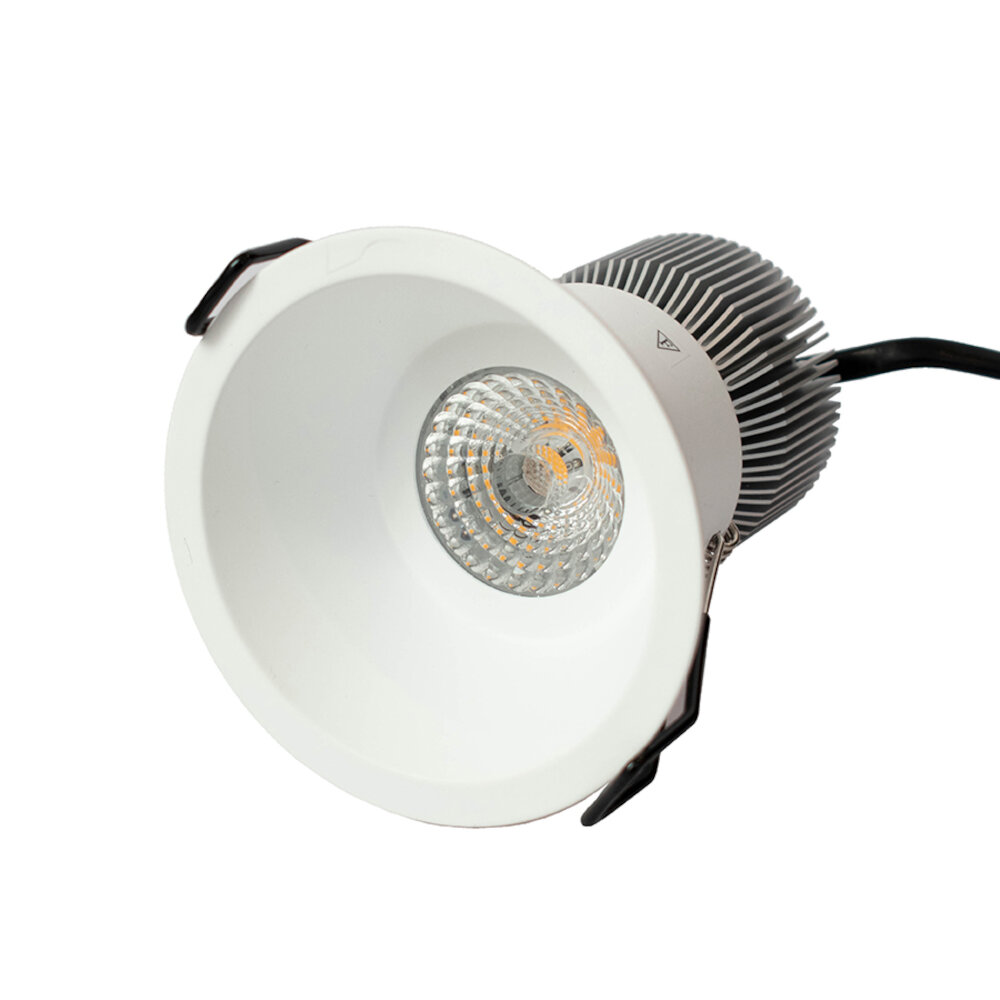
When it comes to understanding the energy consumption of a 200-watt LED light, it is essential to consider the amp draw. Amp draw refers to the amount of electrical current that a device draws from the power source. In simple terms, the higher the amp draw, the more electricity the device consumes. Therefore, the amp draw of a 200-watt LED light determines its energy consumption. It is worth noting that the energy consumption of a 200-watt LED light may vary based on factors such as the quality of the LED light, the temperature, and the power source’s voltage. Understanding the amp draw of a 200-watt LED light is crucial in determining the efficiency of the light. High amp draw indicates that the LED light uses more electricity and thus higher energy consumption. On the other hand, low amp draw suggests that the LED light is energy efficient, consuming minimal electricity. Therefore, it is essential to choose an LED light with a low amp draw to conserve energy and reduce electricity bills. In conclusion, understanding the amp draw of a 200-watt LED light is crucial in determining its energy consumption and efficiency.
One crucial aspect of understanding the energy consumption of a 200-watt LED light is to comprehend the relationship between Amp draw and energy consumption. Essentially, the Amp draw measures the amount of electrical current flowing through the LED light, while energy consumption refers to the amount of power used by the light over a specific period. Typically, the higher the Amp draw, the more energy the LED light consumes, which translates to higher electricity costs. Therefore, it’s essential to ensure that the Amp draw of a 200-watt LED light is within the recommended range to avoid excessive energy consumption, which may be uneconomical in the long term.
To calculate the energy consumption of a 200 watt LED light from its amp draw, you need to use Ohm’s law. This law states that power is equal to voltage multiplied by current. First, determine the voltage of the light, which is typically 120 volts for household fixtures. Next, divide the wattage by the voltage to find the current draw in amps. In the case of a 200 watt LED light, the current draw is 1.67 amps. Multiplying the current draw by the number of hours the light is in use will give you the total energy consumption. For example, if the light is on for 8 hours, the energy consumption would be 13.36 amp-hours or 1.6 kilowatt-hours. Understanding the amp draw and energy consumption of your LED light can help you make informed decisions about energy usage and cost savings.
Managing amp draw and energy consumption in a 200 Watt LED light is crucial for several reasons. Firstly, it ensures that the light operates efficiently and effectively, minimizing the risk of overheating and potential damage to the light. Secondly, managing the amp draw and energy consumption can help to prolong the lifespan of the LED light, saving money on replacement costs in the long run. Additionally, it can also help to reduce energy costs and minimize the carbon footprint of the light, making it a more environmentally friendly option. Therefore, it is essential to monitor and manage the amp draw and energy consumption of a 200 Watt LED light to ensure optimal performance and longevity while minimizing costs and environmental impact.
Benefits of Low Amp Draw and Energy Consumption
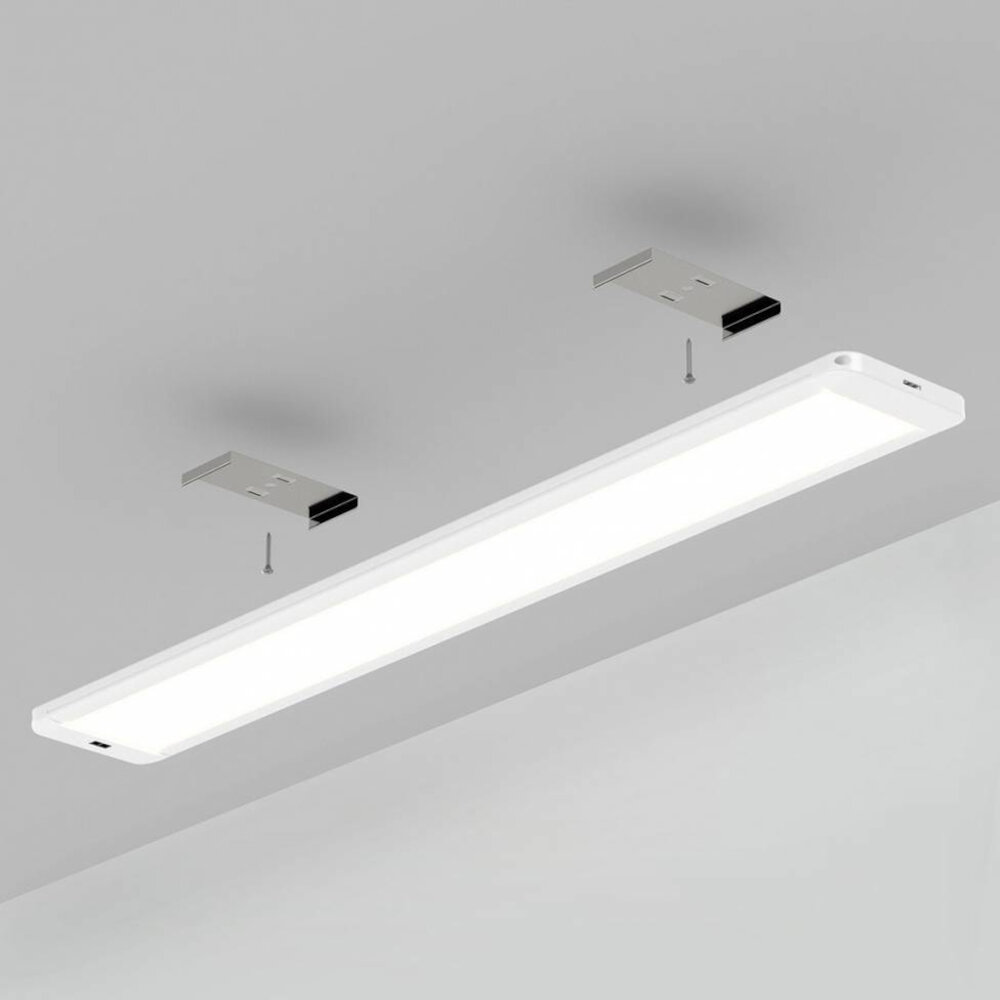
Low amp draw and energy consumption are two essential benefits that are highly desirable when it comes to lighting. The 200-watt LED light is an excellent example of a lighting solution that offers both of these benefits. When compared to traditional lighting options, LED lights consume significantly less energy, which, in turn, translates into lower energy bills. Moreover, LED lights have a lower amp draw, which means they can be used in areas with lower power supply without causing electrical problems. This makes them an ideal lighting solution for remote areas or areas with limited power supply. Additionally, the low energy consumption and amp draw of LED lights make them an eco-friendly lighting solution as they reduce greenhouse gas emissions and contribute to environmental conservation. Apart from the economic and environmental benefits, low amp draw and energy consumption also offer practical advantages. For instance, LED lights with low amp draw and energy consumption can be used in areas with a high risk of electrical fires or where electrical safety is a concern. Additionally, low amp draw and energy consumption also mean that the LED lights generate less heat, which reduces the risk of fire hazards and makes them a safer lighting solution. Furthermore, the low energy consumption of LED lights means that they have a longer lifespan, saving money on replacements and maintenance costs. In conclusion, the benefits of low amp draw and energy consumption make LED lights an excellent lighting solution for both economic and practical reasons.
One of the biggest advantages of using a 200W LED light is its ability to reduce electricity bills and energy costs. Compared to traditional lighting sources, LEDs consume significantly less energy while delivering the same level of brightness. This means that businesses and homeowners can enjoy brighter, more efficient lighting without having to worry about high utility bills. Additionally, LED lights have a longer lifespan than their traditional counterparts, which means that they need to be replaced less frequently, further reducing energy costs. Overall, investing in a 200W LED light is not only good for the environment but can also lead to significant savings on energy bills in the long run.
The 200 Watt LED light is a marvel of engineering, offering a lifespan that far outstrips traditional lighting solutions. With a lifespan of up to 50,000 hours, these lights can last up to 25 times longer than traditional incandescent bulbs. Additionally, the durability of these lights is unmatched, with the ability to withstand harsh environmental conditions and rough handling. This makes them an ideal choice for outdoor applications such as parking lots, sports fields, and construction sites. The energy consumption of these lights is also considerably low, helping to reduce electricity bills and environmental impact. With all these benefits, the 200 Watt LED light is an excellent investment for anyone looking for a reliable and energy-efficient lighting solution.
Reducing energy consumption not only helps to save money but also has significant environmental benefits. By using energy-efficient technologies like LED lights, we can reduce our carbon footprint and greenhouse gas emissions, which contribute to global warming and climate change. When we consume less energy, we reduce our reliance on fossil fuels, which are the primary source of greenhouse gas emissions. This, in turn, reduces the demand for oil and gas extraction and helps to protect the environment from the negative impacts of these activities, such as air pollution and water contamination. Additionally, when we reduce our energy consumption, we also conserve natural resources, such as coal and oil, which are finite and non-renewable. Overall, reducing energy consumption is a critical step towards creating a more sustainable and environmentally-friendly future.
Understanding the amp draw and energy consumption of a 200-watt LED light is crucial, as it allows you to optimize its performance and ensure its longevity. By knowing the amp draw, you can determine the right size of the power supply required to operate the light efficiently. It also helps you to calculate the amount of energy the light consumes, which in turn helps you to keep your energy bills in check. Moreover, being aware of the energy consumption of your 200-watt LED light enables you to make informed decisions about using it in different settings, such as in homes, offices, or outdoors, without compromising on its performance. Therefore, comprehending the amp draw and energy consumption of a 200-watt LED light is essential for anyone who wants to maximize its potential and use it effectively in various scenarios.
Managing amp draw and energy consumption is critical for the cost and durability of any electrical device, including the 200 Watt LED Light. By carefully monitoring and controlling the amount of electricity that the light consumes, users can reduce their energy bills and extend the lifespan of the device. Additionally, minimizing the amp draw can prevent overheating and electrical surges, which can cause damage to the light and potentially lead to dangerous situations. Therefore, understanding and managing the amp draw and energy consumption of the 200 Watt LED Light is vital for both economic and safety reasons, making it an essential consideration for anyone using this powerful lighting solution.
In conclusion, optimizing amp draw and energy consumption in a 200 Watt LED light can significantly enhance its efficiency and lifespan. To achieve this, it’s essential to match the appropriate voltage and current levels, and ensure proper heat dissipation. Additionally, using high-quality components, such as drivers and power supplies, can help reduce energy loss and improve overall performance. Moreover, considering the operating environment and usage patterns can aid in minimizing unnecessary energy usage. Finally, regular maintenance, including cleaning and inspection, can prevent energy waste and prolong the life of the LED light. By implementing these recommendations, users can optimize their 200 Watt LED light for maximum energy efficiency and longevity.
Conclusion
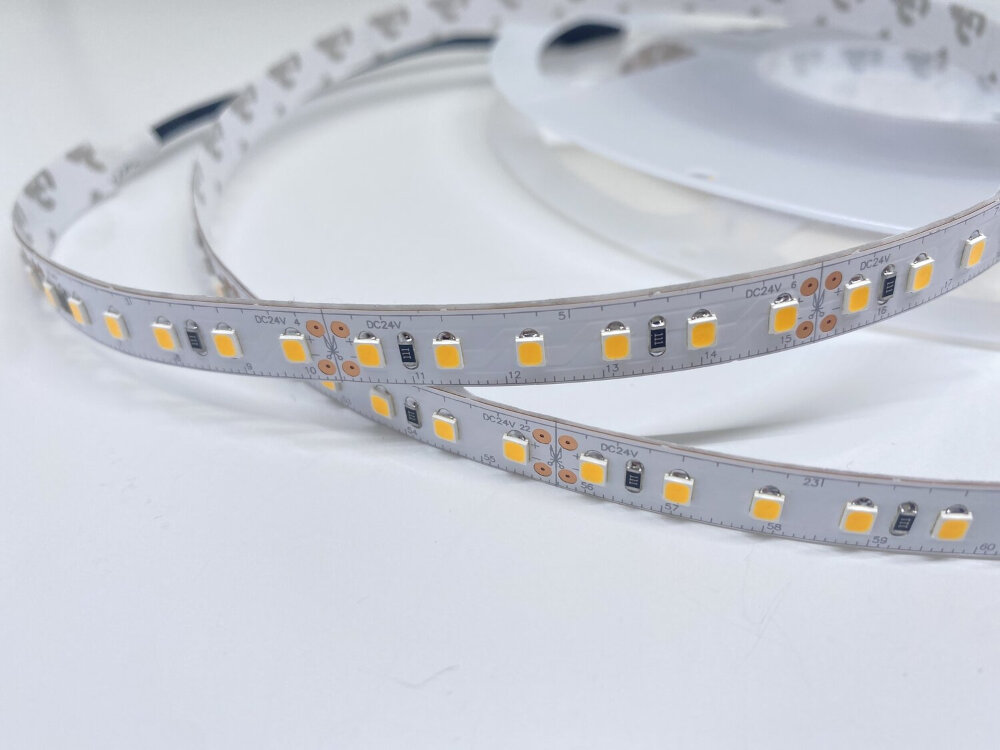
In conclusion, the 200 watt LED light is a powerful lighting solution that offers high brightness and energy efficiency. Understanding the amp draw and energy consumption of this lighting system is crucial to ensure optimal performance and cost-effectiveness. By calculating the power usage and knowing the electrical specifications of the LED light, users can effectively manage their energy consumption and reduce their carbon footprint. Additionally, choosing high-quality LED lights from reputable manufacturers can ensure that the lights are reliable and long-lasting, which can result in significant savings over time. Overall, the 200 watt LED light is a smart investment for those looking for a powerful and eco-friendly lighting solution.


